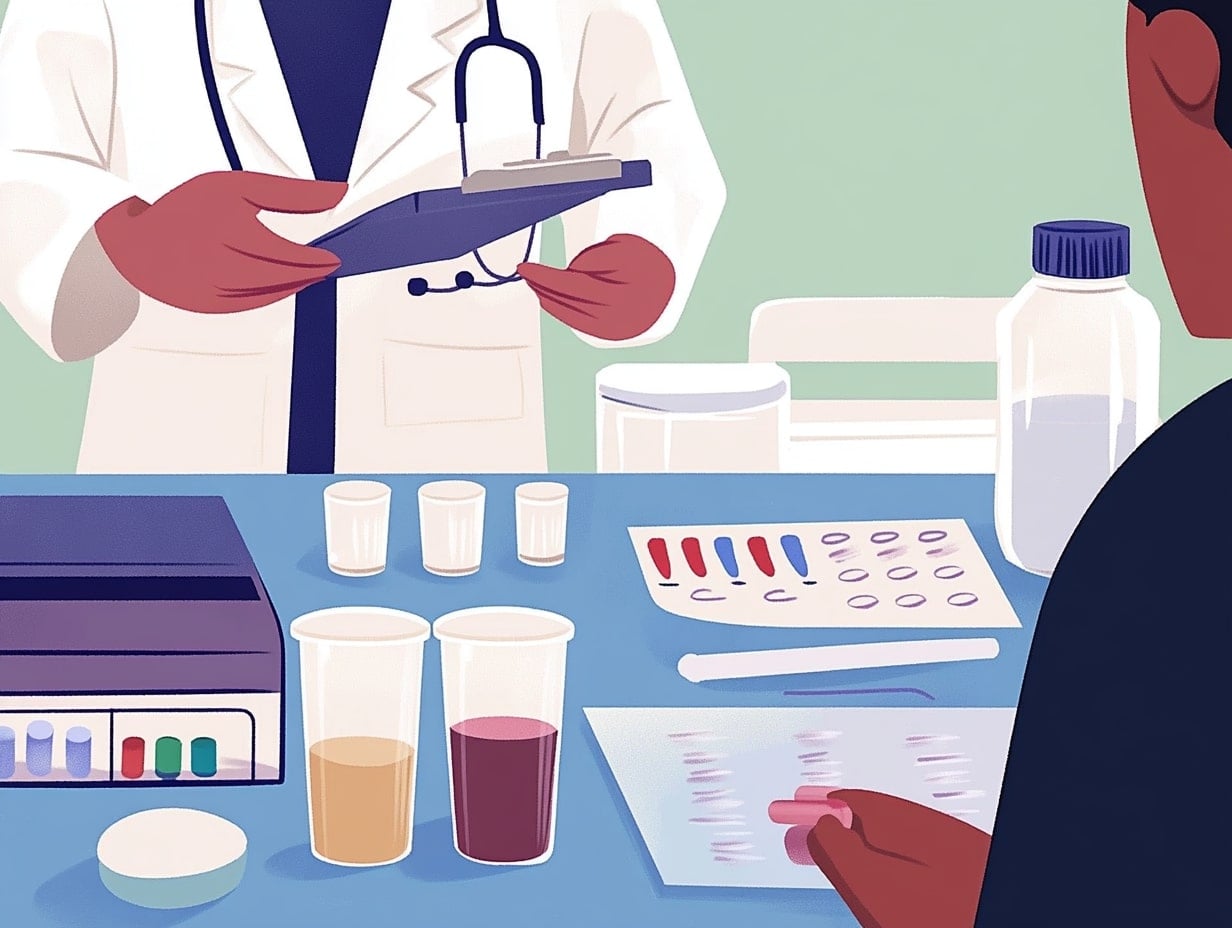How STDs Are Diagnosed: A Step-by-Step Guide
Jan 20, 2025
STD diagnosis typically involves a health history review, physical exam, and lab tests such as blood, urine, or swab samples. Results are usually available within a few days. Understanding each step - from consultation to receiving results - can make the process easier and more empowering.
How STDs Are Diagnosed: The Process
1. Initial Consultation
The first step in diagnosing an STD is visiting a healthcare provider, either a doctor or a specialized sexual health clinic. During this initial consultation, you’ll be asked to discuss your sexual history, including any symptoms you may be experiencing and recent sexual encounters. Being open and honest with your healthcare provider is crucial as it helps them recommend the appropriate tests and next steps. You may also be asked if you have any existing medical conditions or if you’re on any medication, as these factors can influence the results.
2. Types of Tests Available
Depending on the STD, testing methods may include urine samples, blood tests, or swabs. Some common STD tests include:
• Urine Tests: Often used for chlamydia and gonorrhea testing. This is a simple and non-invasive method.
• Blood Tests: Used for HIV, syphilis, hepatitis, and herpes. Blood tests help detect antibodies that your body produces in response to infections.
• Swab Tests: A swab from the genital area, throat, or rectum is used to test for herpes, HPV, or trichomoniasis. Swab tests are typically performed if you have visible sores or discharge.
3. The Importance of Regular Testing
Even if you aren’t showing any symptoms, getting tested regularly is key to ensuring early detection of STDs. Some STDs, such as chlamydia and gonorrhea, are asymptomatic but can still cause long-term health issues, including infertility, if left untreated. Testing is especially important if you have multiple sexual partners or engage in unprotected sex.
What Happens After You Get Tested?
Once you’ve completed the tests, the next step is receiving your results. Depending on the type of test, results can take anywhere from a few days to a couple of weeks to come back. It’s important to follow up with your healthcare provider once you get the results, especially if you test positive for any infections. If needed, they will provide you with treatment options to help manage the infection.
Conclusion
While getting tested for STDs may feel intimidating at first, the process is straightforward, quick, and ultimately beneficial for your long-term health. By knowing what to expect and how the testing works, you can reduce the stress and take proactive steps toward better sexual health. Regular STD testing is essential for everyone, regardless of whether you have symptoms or not. Don’t wait—make an appointment today to protect your health and the health of your sexual partners.

Dr. Michael Thompson
Dr. Michael Thompson is an expert in sexually transmitted diseases with extensive clinical and research experience. He leads campaigns advocating for early diagnosis and prevention of diseases like HIV and gonorrhea. He collaborates with local organizations to educate both youth and adults about sexual health.





